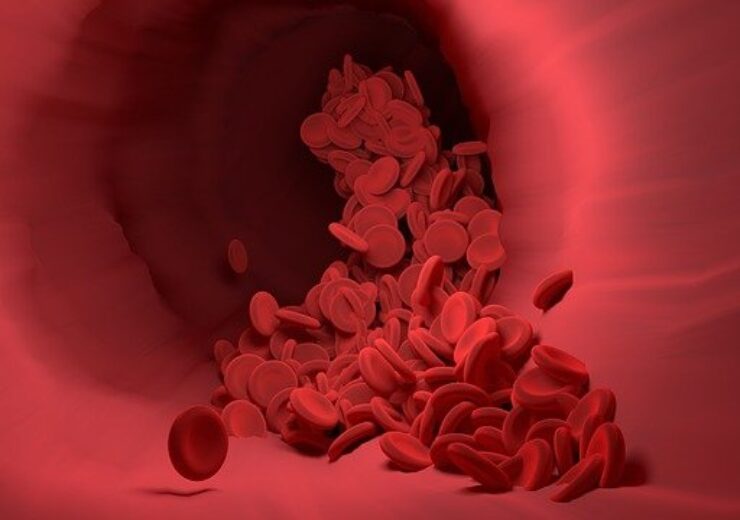The study is designed to further characterise the changes in CM-1500’s patented Relative Index during haemodialysis procedures

Zynex starts enrolment in study of its CM-1500 system. (Credit: Narupon Promvichai from Pixabay.)
Zynex Monitoring has initiated the enrolment of first patients in a haemodialysis clinical trial that uses its fluid monitoring system CM-1500.
The study is designed to further characterise the changes in CM-1500’s patented Relative Index during haemodialysis procedures, which involve removal of a large volume of fluids.
It is being conducted at DaVita Clinical Research clinics, a Research institute based in Minneapolis, Minnesota, US.
The CM-1500 is a non-invasive fluid control monitor intended to track patients’ fluid balance in hospitals and surgical centres. It was granted the FDA approval in February 2020.
The study is expected to complete the patient enrolment in the first quarter of 2022.
Zynex chairman and founder CEO Thomas Sandgaard “Engaging in these trials will not only refine our devices and technology but will also push the monitoring division forward to better serve patients across the world.
“We’re excited to take this next step in innovating the clinical value that our technology provides hospitals and surgical centres.”
Zynex was established in 1996, with an aim to develop advanced electrotherapy technology to alleviate chronic pain and help patients recover from severe diseases.
The company is focused on manufacturing and marketing of non-invasive medical devices for pain management, rehabilitation and patient monitoring.
Monitoring solutions developed by the company are expected to initially target operating rooms and surgeries that show substantial blood loss.
The solutions will also be aimed at recovery rooms and intensive care units, where internal bleedings are more common and difficult to detect until serious complications occur.
Zynex Monitoring Solutions VP Donald Gregg said: “Investing in clinical evidence is critically important to clearly articulate how our device performs in multiple care settings, and the haemodialysis population is of particular interest due to the controlled setting and known volume removed from patients on a regular basis.”
